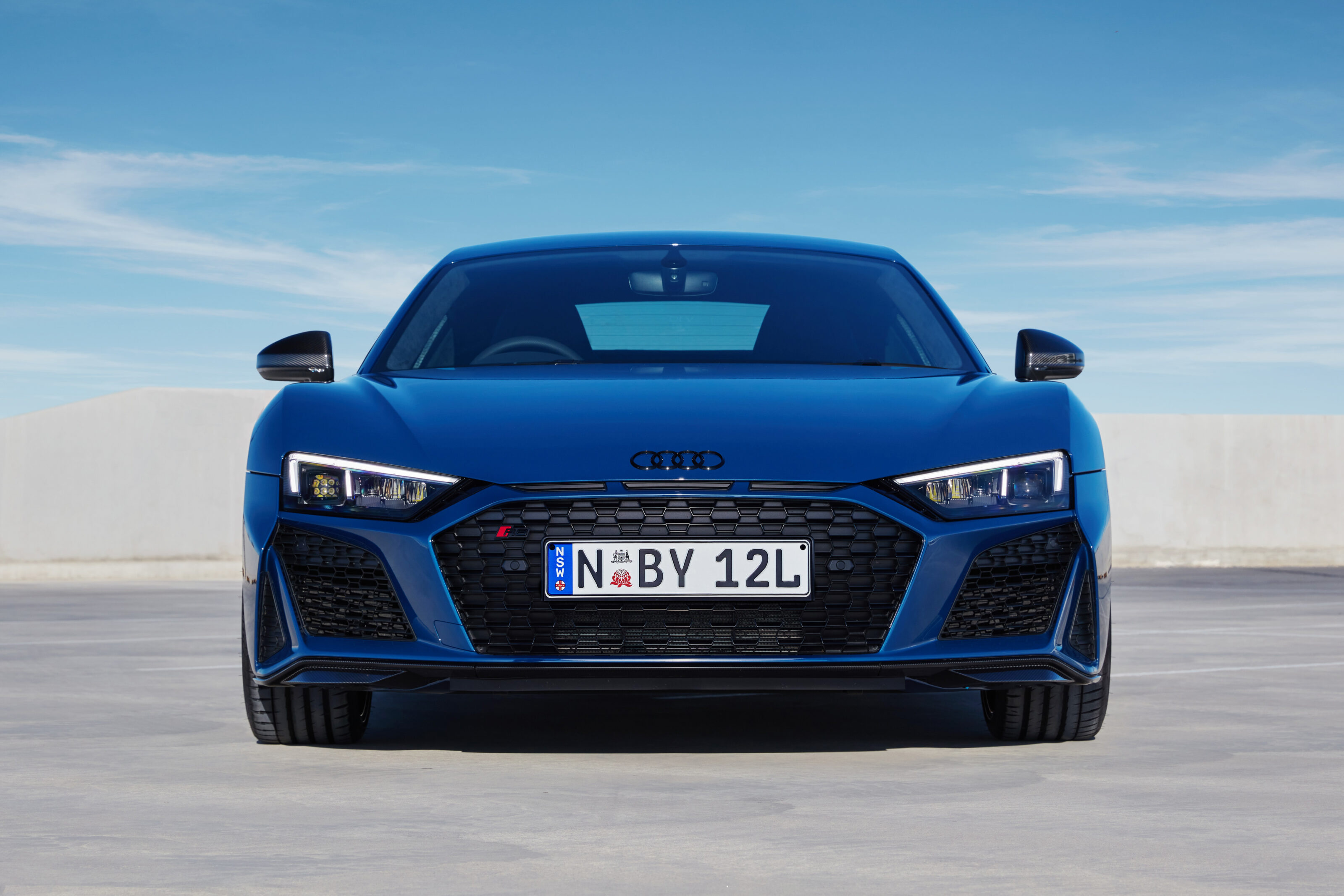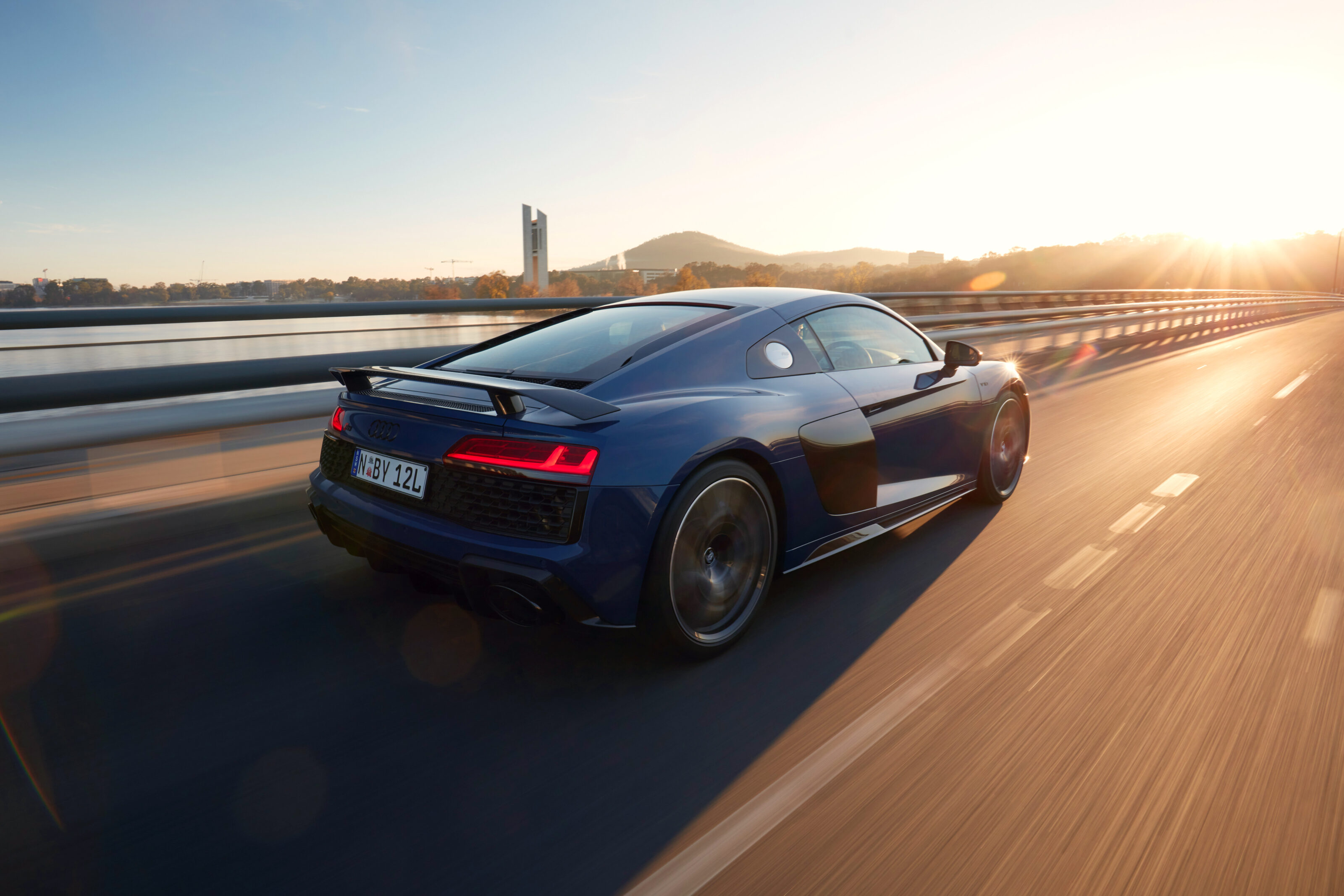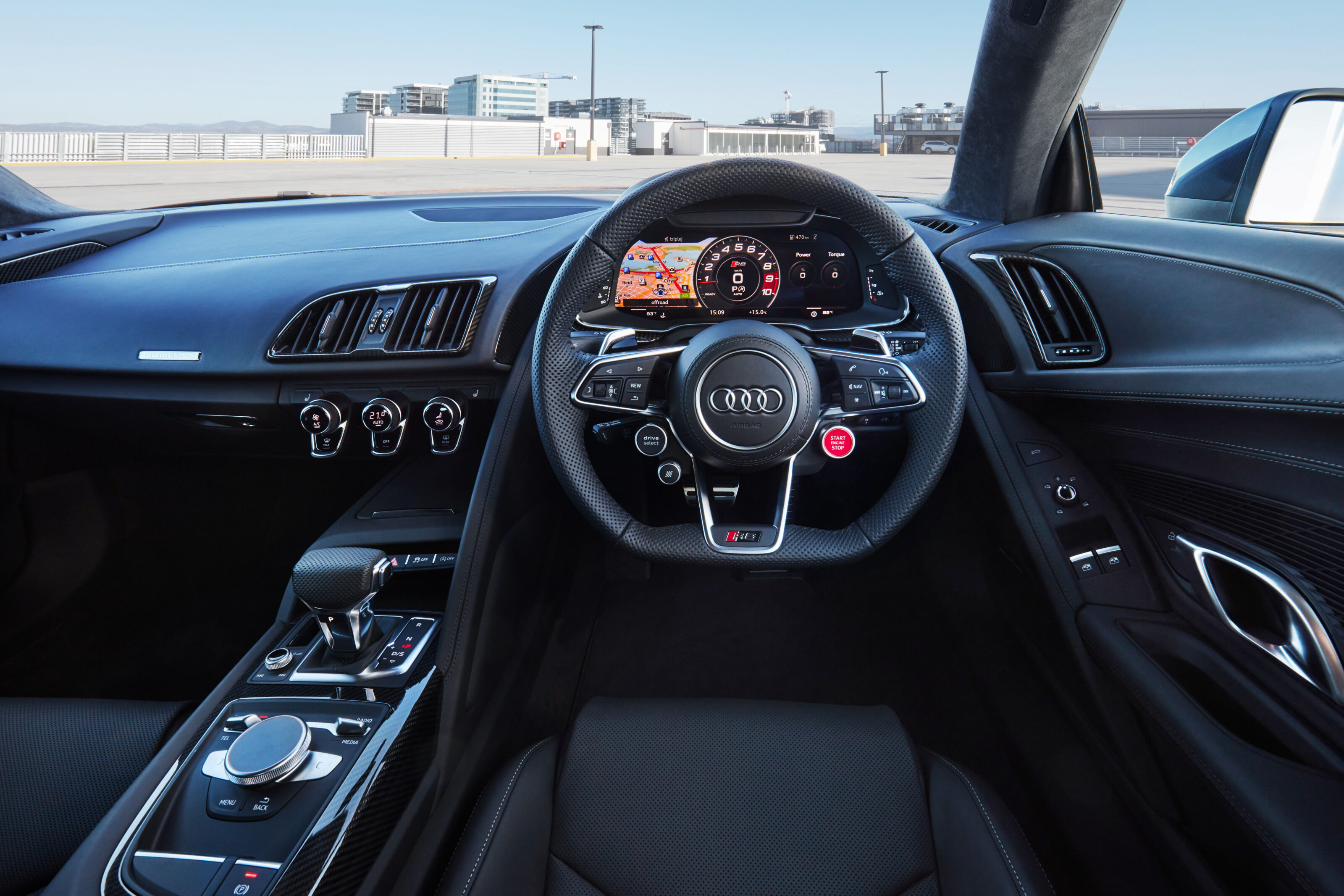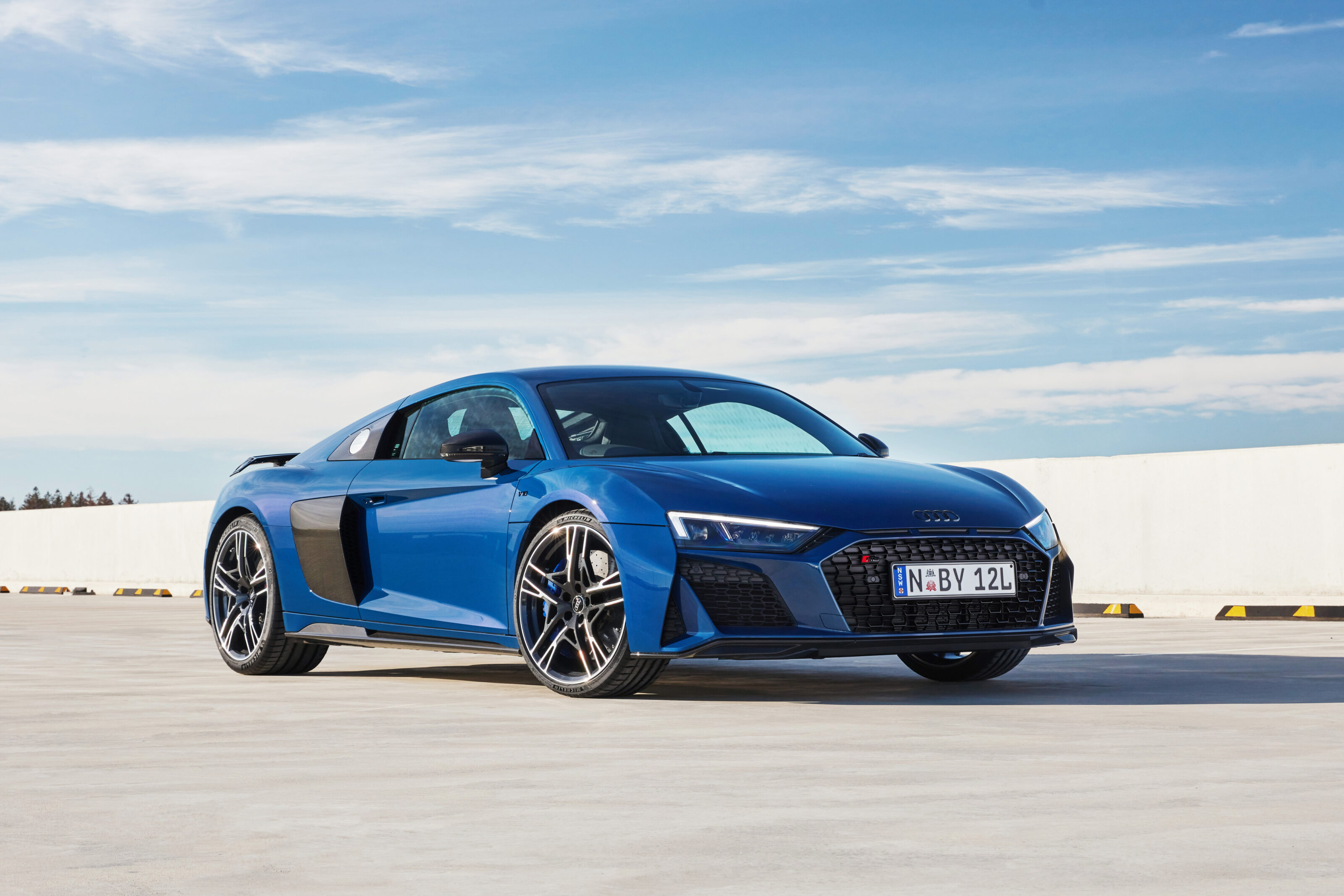If you want a supercar that straddles the lines between exotic, sophisticated, and pragmatic, the main option you once had in Australia is on the way out. If you can still find an Audi R8 in a showroom by the time you read this, it’ll be one of the last. But it’s not for a lack of success. The R8 wasn’t a sales giant here, but nor was it by any means a failure.
Worldwide, more than 40,000 Audi R8s were sold by the end of 2020. Australia makes up a modest – but not unusual for our market – portion of just under 1.7 percent. But as an exercise in image building and a showcase of engineering, the R8 was an unequivocal winner for Audi.
The 2003 Audi Le Mans quattro concept came as a surprise to many. Put together in relative secret by a handful of designers and engineers in a skunkworks team, the striking two-seater aimed to show that the premium brand could build something truly exciting.

Of course, in 2006, the R8 debuted with a dry-sumped, 309kW version of the RS4’s 4.2-litre V8, while its cousin, the Lamborghini Gallardo, remained the true V10 exotic. R8 buyers were offered a choice of gated six-speed manual or an R-tronic robotised ‘manual’. Extensive use of aluminium for the spaceframe chassis, double-wishbone suspension and body panels kept the weight – despite mandatory all-wheel drive – relatively light.
In 2009, the 5.2-litre V10 from the Gallardo found its way into the R8, bringing 386kW, and transforming it from mid-engined sports car to true supercar. The convertible Spyder came in 2010, available with either engine, widening the car’s appeal, especially in the US.
Five years later, the second-generation R8 (model 4S, taking over from 42) debuted and ditched the V8 altogether, and brought a sharpened, more aggressive interpretation of the original’s exterior design. Carbonfibre would be incorporated into the spaceframe structure to help contain overall weight.

It was around this time that Audi also dropped a few hundred million Euro on its Böllinger Höfe facility to build the R8 to the highest standard possible. For years, human hands have been a highly important part of the construction process, with robots doing the more finicky or strenuous tasks. But for Australia, the fruits of that labour are now out of reach.
In Hungary, where the V10 for the R8 is built, it’s been decided that the Australian specification of the engine, sans petrol particulate filter, will no longer be produced. These engines leave the factory slightly down on power to accommodate the lack of PPF, but the required difference in tune is apparently no longer worth the financial burden, small as it might be.
The R8’s cousin from Italy, the Huracan, will still be available here as Lamborghini continues to bring to Australia just about every model it creates. For Audi, the next time a car like the R8 arrives in Australia, it’s not likely to have 10, or eight… or any cylinders at all.







